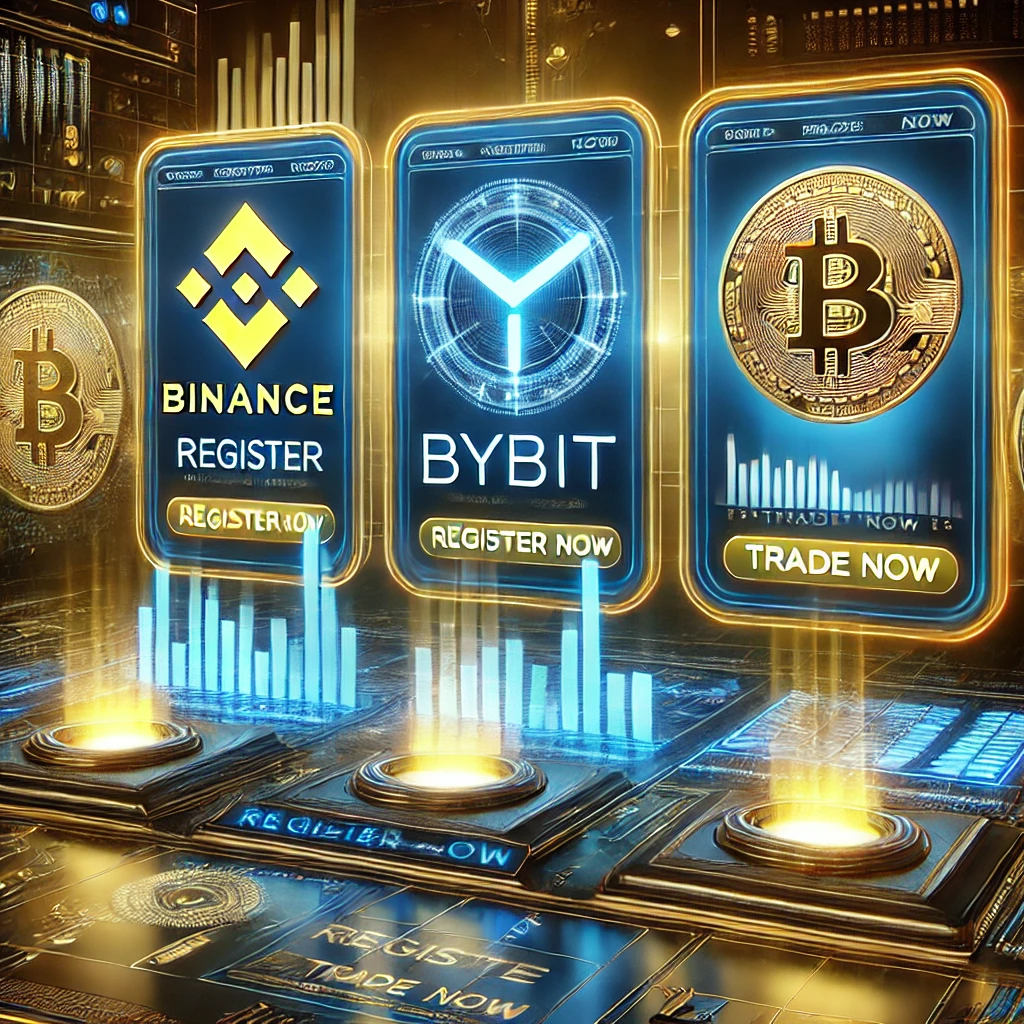Decentralized Finance (DeFi) is a revolutionary financial system that removes intermediaries like banks and brokers. Instead, it operates through blockchain technology and smart contracts, enabling anyone to access financial services transparently.
In this guide, we’ll cover:
🔹 What is DeFi?
🔹 How DeFi works
🔹 Top DeFi applications
🔹 How to get started with DeFi
1. What is DeFi?
DeFi stands for Decentralized Finance, which refers to financial services built on blockchain networks. Unlike traditional finance, DeFi allows users to lend, borrow, trade, and earn interest without banks or centralized authorities.
✅ No middlemen – Transactions are automated with smart contracts.
✅ Open access – Anyone with an internet connection can participate.
✅ Transparency – All transactions are recorded on the blockchain.
📌 Why is DeFi Important?
✔️ Offers better interest rates than traditional banks.
✔️ Enables global financial inclusion for the unbanked.
✔️ Provides full control over assets without third-party risks.
2. How Does DeFi Work?
DeFi platforms run on smart contracts, which are self-executing programs on the blockchain. These contracts enable financial services without the need for intermediaries.
Key DeFi Components:
🔹 DEXs (Decentralized Exchanges) – Trade assets without third parties.
🔹 Lending & Borrowing – Earn interest or take loans without banks.
🔹 Yield Farming & Staking – Provide liquidity and earn rewards.
🔹 Stablecoins – Crypto pegged to fiat (e.g., USDT, DAI) for stability.
3. Top DeFi Applications
🔹 1. Uniswap – Best for Decentralized Trading
✅ A leading decentralized exchange (DEX) for crypto trading.
✅ Users can swap tokens without intermediaries.
✅ Uses an automated market maker (AMM) model for liquidity.
📌 Best for: Swapping Ethereum-based tokens with low fees.
🔹 2. Aave – Best for Lending & Borrowing
✅ A decentralized lending protocol where users can borrow and lend crypto.
✅ No need for a bank – everything is managed via smart contracts.
✅ Offers interest on deposits and allows flash loans.
📌 Best for: Passive income through lending ETH and stablecoins.
🔹 3. Curve Finance – Best for Stablecoin Swaps
✅ A DEX optimized for stablecoin trading with low slippage.
✅ Supports DAI, USDT, USDC, and more.
✅ Higher yields for liquidity providers.
📌 Best for: Stablecoin swaps with minimal fees.
🔹 4. MakerDAO – Best for Creating Stablecoins
✅ Allows users to mint DAI, a decentralized stablecoin.
✅ Uses collateralized loans to maintain DAI’s stability.
✅ Decentralized governance by MKR token holders.
📌 Best for: Borrowing stablecoins without selling assets.
🔹 5. PancakeSwap – Best for Binance Smart Chain (BSC) Users
✅ A DEX similar to Uniswap, but built on Binance Smart Chain.
✅ Lower fees compared to Ethereum-based platforms.
✅ Supports yield farming & staking with high APY.
📌 Best for: Users looking for low-cost DeFi trading.
4. How to Get Started with DeFi
Step 1: Set Up a Crypto Wallet
✅ MetaMask – Best for Ethereum-based DeFi.
✅ Trust Wallet – Best for Binance Smart Chain DeFi.
Step 2: Buy Crypto for DeFi
✅ Use Binance or Exness to buy ETH, BNB, or stablecoins.
📌 Buy ETH & BNB on Binance:
👉 Register on Binance Now
📌 Trade Crypto with Low Fees on Exness:
👉 Sign Up on Exness Here
Step 3: Connect Your Wallet to a DeFi Platform
✅ Go to Uniswap, Aave, or Curve Finance.
✅ Connect your MetaMask or Trust Wallet.
✅ Start swapping, lending, or staking.
5. Why DeFi is the Future of Finance
🚀 DeFi removes banks and gives financial power back to users.
📈 It offers better returns, transparency, and financial freedom.
🔒 With proper security, DeFi can revolutionize global finance.
Are you ready to explore DeFi? Start today with Binance & Exness! 🚀

